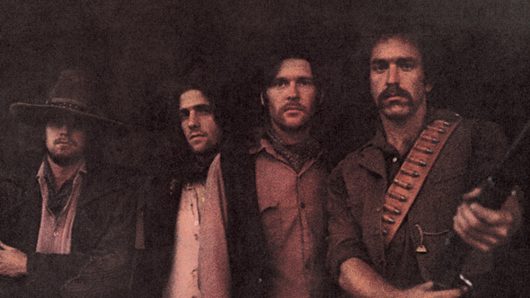Released on Stax Records on 15 September 1965, Otis Blue/Otis Redding Sings Soul was instantly acclaimed as one of the best soul albums ever recorded. This was the soul album you listened to as well as grooved to. It had heart, as almost all of Otis Redding’s work did, but it also had a mind, and it reflected its era of profound change.
Buy ‘Otis Blue/Otis Redding Sings Soul’ on clear vinyl at the Dig! store.
The recording: Redding was in a high-octane state
Perhaps that made sense: Otis Blue was made by Black and white musicians working together in a Southern US forced by the civil-rights movement to confront its prejudices. It’s quite a task for any record to reflect that, though Otis Blue somehow did, even if few of its songs were explicit about it. Rather, the album suggested the burgeoning freedom of a youth that would no longer accept the way things supposedly had to be. And perhaps the most remarkable thing about it was, Redding laid down ten of its 11 tracks in 24 hours, part of a day-and-a-half’s hiatus in his constant touring schedule.
Redding was Stax’s star performer. While other sessions could be treated more casually, everyone made a special effort for “The King Of Soul”; he was demanding, working out arrangements in his head then singing them to the hornsmen until they got it. Other singers were prepared to go with the flow – or were even intimidated by working with musicians who had delivered so many hits.
Having been on the road, Redding was in a high-octane state during the sessions for Otis Blue, which took place across 19 April before resuming on 9 and 10 July 1965. He was ready to work. Little wonder, then, that he got so much done in such a short space of time. The situation probably influenced the choice of material: Redding hadn’t had much time to write songs, and brought just three to the table, among them the moaning, groaning Ole Man Trouble – about as close to the blues as anything he wrote.




